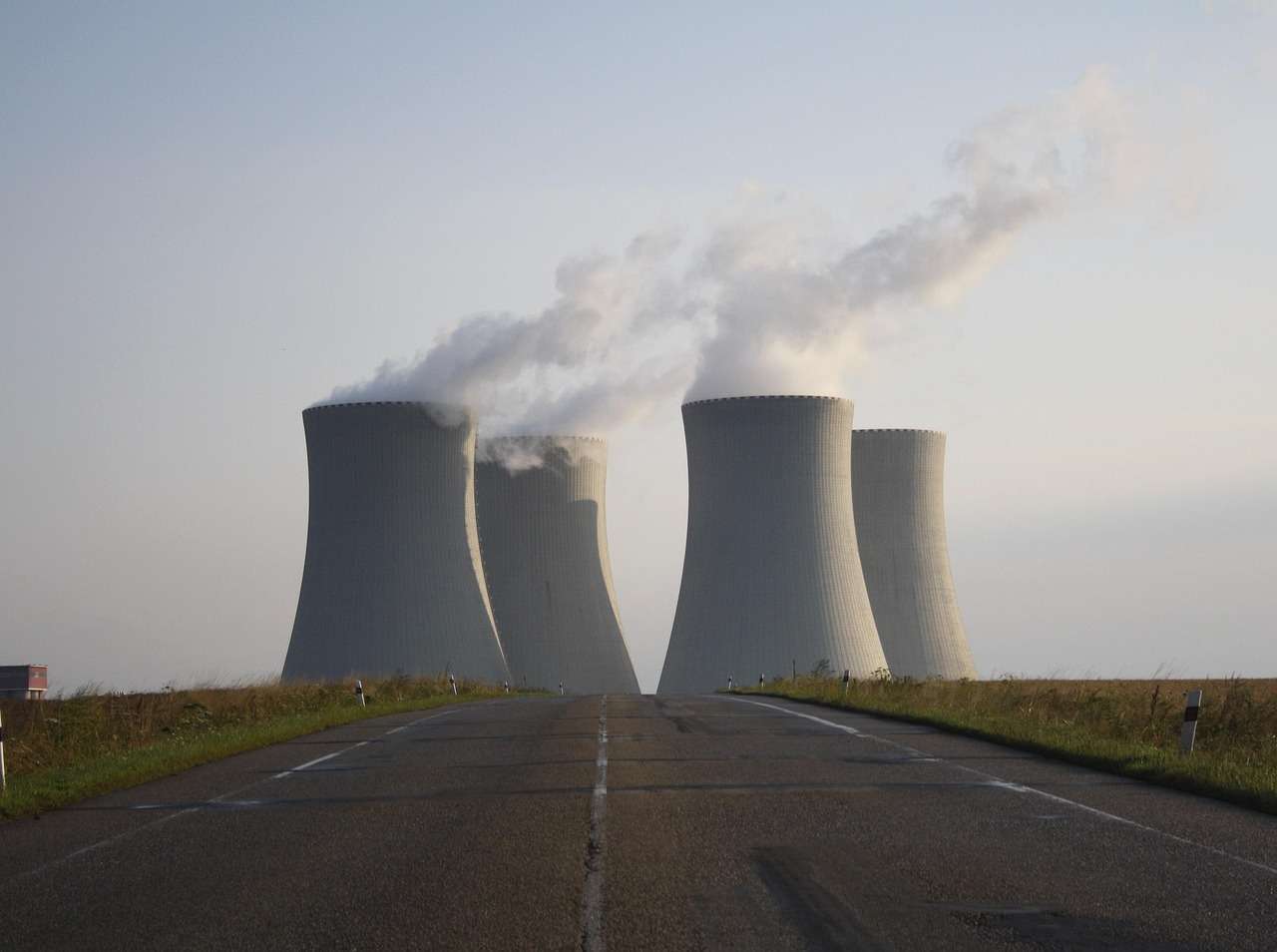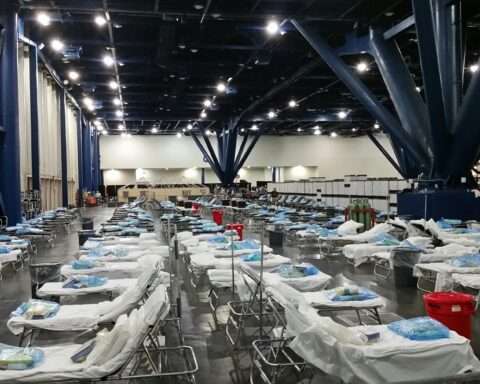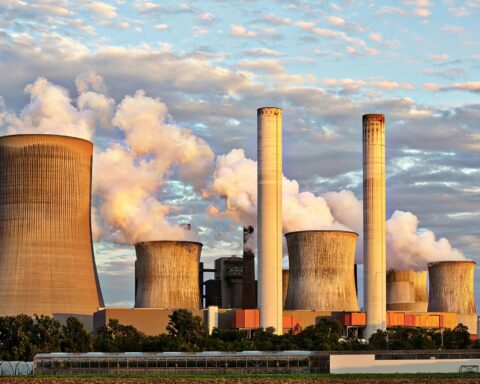The Department of Energy (DOE) has selected the first 11 advanced reactor projects to take part in the Nuclear Reactor Pilot Program. The initiative has set a goal to deliver at least three test reactors in collaboration with the DOE.
The pilot program marks the beginning of the nation’s return to nuclear energy prominence. Companies chosen to take part in the initial phase of the program will prioritize researching and developing advanced nuclear reactor technologies while establishing new avenues to expedite reactor delivery.
These efforts will center around participants streamlining the testing of advanced reactor designs authorized by the DOE outside of national laboratories. The reactors will be built under the DOE’s control and are planned to achieve criticality by July 4, 2026. Criticality refers to a point where a nuclear chain reaction produces enough neutrons during each fission event to become self-sustaining without external intervention.
The companies selected to take part in the pilot include:
- Aalo Atomics Inc.
- Antares Nuclear Inc.
- Atomic Alchemy Inc.
- Deep Fission Inc.
- Last Energy Inc.
- Oklo Inc. (two projects).
- Natura Resources LLC.
- Radiant Industries Inc.
- Terrestrial Energy Inc.
- Valar Atomics Inc.
Agreements forged with these companies will unlock federal access to private funding and accelerate approaches to future commercial licensing activities. The companies will pay for all test reactor expenses, including design, manufacturing, construction, operation and decommissioning.
The pilot was established on the heels of the administration’s efforts to reform reactor testing and pave a new path toward a nuclear renaissance. An executive order was published May 23, reforming reactor testing practices to enable commercial development.
These efforts are part of a greater goal to herald a new age of affordable, effective energy production by investing in advanced reactor technologies – including microreactors, small modular reactors and Generation IV and Generation III+ reactors. These power centers will help fuel dozens of industries, ranging from microchip manufacturing to desalination.
Image by mzter from Pixabay














